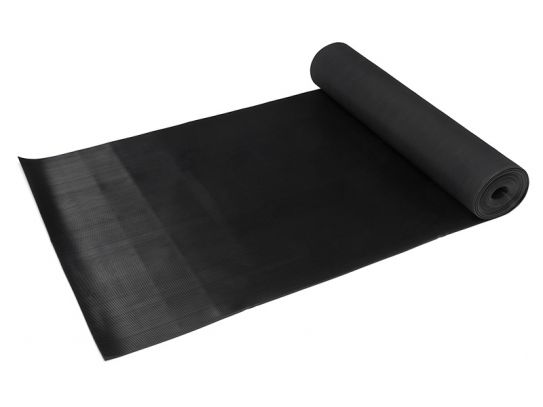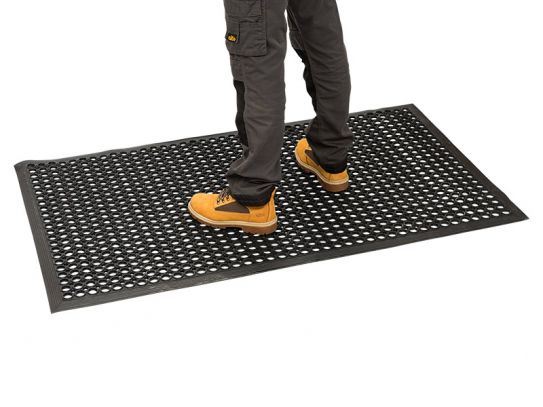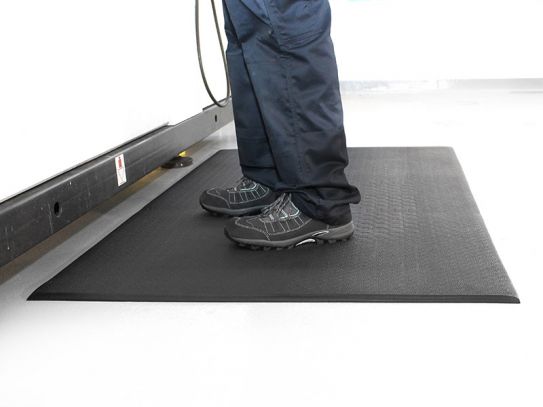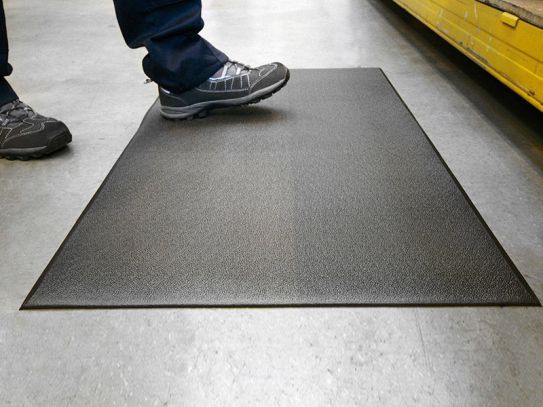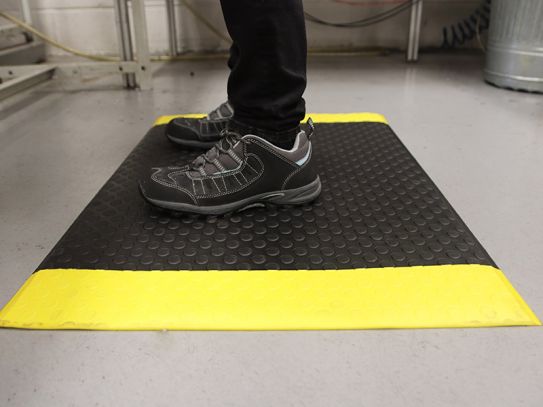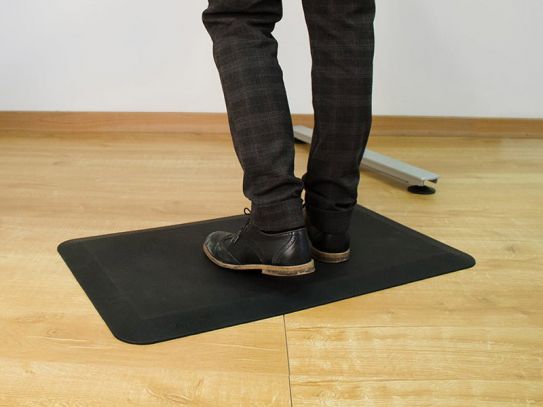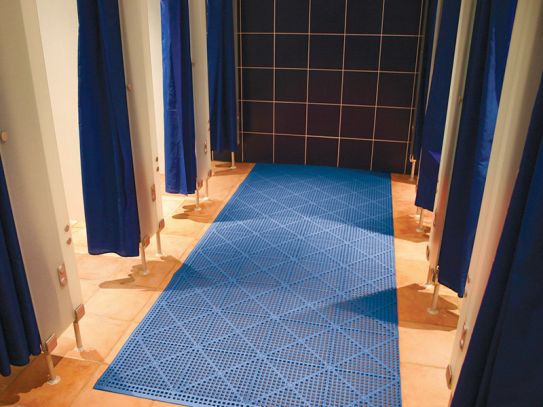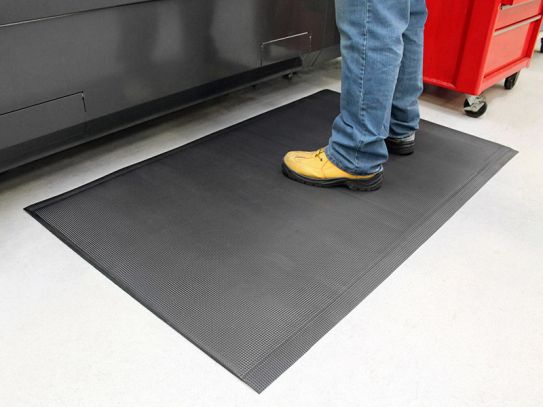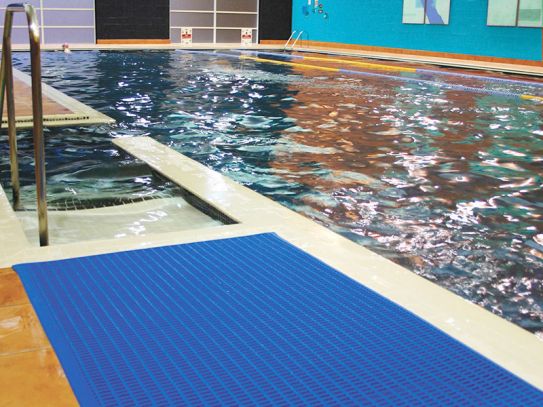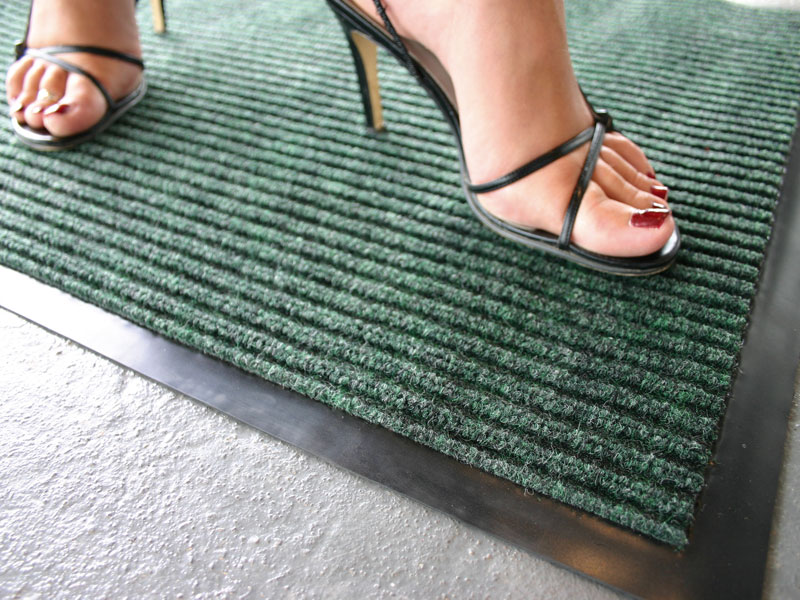Rubber Matting
Protect Your Floors and Improve Your Safety with Our Rubber Matting
If you're looking for a high-quality rubber matting solution, look no further! Our rubber mats are perfect for a wide range of applications, including use in gyms, garages, and warehouse buildings.Their durable construction and slip-resistant surfaces make it a great choice for ensuring safety in high-traffic areas. Plus, their easy installation and low maintenance requirements make them a convenient option for any setting. With sleek designs and versatile functionalities, our rubber matting is sure to impress. Don't miss out on this fantastic opportunity to upgrade your space.
What Is Rubber Matting?
Rubber matting is a type of flooring made from rubber. It is often used in areas where a durable, slip-resistant surface is needed, such as in commercial and industrial settings. Rubber matting can provide cushioning and shock absorption, and it is also resistant to water, stains, and wear and tear. It is available in a variety of colours and textures, and can be cut to fit any space.
What Are Some Common Uses for Rubber Matting?
Rubber matting is commonly used in commercial and industrial settings where a durable, slip-resistant surface is needed. Some common applications for rubber matting include gym floors, entrance mats, industrial flooring, and playground surfaces. It is also often used in garages, workshops, and other areas where people work on their feet for extended periods of time. Rubber matting can provide cushioning and shock absorption, making it a good choice for areas where people are likely to be standing for long periods of time.
What Are the Different Types of Rubber Matting?
There are several different types of rubber matting available, each designed for specific applications. Some common types of rubber matting include:
- Entrance mats: These mats are designed to be placed at the entrance of a building to trap dirt, mud, and water from shoes, helping to keep the interior of the building clean. They are often made from a combination of rubber and synthetic fibres, and have a textured surface that helps to remove debris from shoes.
- Industrial flooring: This type of rubber matting is designed for use in industrial settings, such as factories and warehouses. It is often made from heavy-duty rubber that can withstand heavy loads and constant foot traffic. Industrial flooring is available in a variety of thicknesses and patterns, and can be cut to fit any space.
- Gym flooring: Rubber matting is a popular choice for gym floors because it provides a slip-resistant, cushioned surface that is easy to clean and maintain. Gym flooring is often made from recycled rubber and is available in a variety of colours and thicknesses.
- Playground surfaces: Rubber matting is often used as a playground surface because it is soft, safe, and durable. It can be installed over a variety of surfaces, including grass, concrete, and asphalt, and is available in a range of thicknesses and colours.
- Anti-fatigue mats: These mats are designed to provide cushioning and support for people who are standing for long periods of time. They are often used in areas where people are working on their feet, such as in kitchens, factories, and warehouses. Anti-fatigue mats are made from a soft, flexible rubber material that helps to reduce strain on the feet and legs.
- Wet Area Floor Mats: Wet area floor mats are mats that are specifically designed for use in wet or damp environments. They are often made from a rubber or rubber-like material that is highly resistant to water, and have a textured surface that helps to prevent slips and falls. Wet area floor mats are commonly used in areas such as swimming pool decks, showers, locker rooms, and outdoor patios.
- Anti-static rubber matting: Anti-static rubber mats are mats made from rubber or a rubber-like material that is specifically designed to prevent the build-up of static electricity. They are often used in areas where sensitive electronic equipment is being handled, such as in laboratories, computer rooms, and electronics workshops.
What Are the Key Features to Consider When Buying a Rubber Mat?
When buying a rubber mat, there are several key features to consider to ensure that you get the right mat for your needs. Some of these features include:
- Size: Rubber mats are available in a variety of sizes, so it's important to choose a mat that is large enough to cover the area you want to protect. Consider the dimensions of the space where the mat will be used, as well as the size of the matting roll if you are purchasing a roll of matting.
- Thickness: Rubber mats are available in a range of thicknesses, so it's important to choose a mat that is thick enough to provide the level of cushioning and support you need. Consider the intended use of the mat, as well as the amount of foot traffic it will receive, when selecting the right thickness.
- Slip resistance: Rubber mats are designed to provide a slip-resistant surface, but the level of slip resistance can vary depending on the type of rubber and the texture of the mat. Consider the intended use of the mat and the potential for wet or oily conditions when selecting a mat with the right level of slip resistance.
- Ease of cleaning: Rubber mats can be difficult to clean, so it's important to choose a mat that is easy to clean and maintain. Consider the type of rubber used in the mat, as well as any special features such as a drain hole or removable backing, when selecting a mat that is easy to clean.
- Durability: Rubber mats can be subject to a lot of wear and tear, so it's important to choose a mat that is durable and long-lasting. Consider the type of rubber used in the mat, as well as any special features such as reinforced edges or a high-density construction, when selecting a mat that will stand up to heavy use.
How Do I Maintain My Rubber Mat?
To maintain your rubber mat, follow these steps:
- Vacuum the mat regularly to remove dirt, debris, and dust that can accumulate on the surface. This will help to keep the mat looking clean and prevent abrasive particles from damaging the rubber.
- Clean the mat with a mild detergent and warm water using a soft brush or sponge. Avoid using harsh chemicals or abrasive cleaning tools, as these can damage the rubber.
- Rinse the mat thoroughly with clean water to remove any soap or cleaning solution.
- Dry the mat completely, either by air-drying or by using a towel or cloth to absorb any excess water.
- Store the mat in a cool, dry place when not in use to prevent it from deteriorating or developing mould or mildew.
If your rubber mat becomes damaged or worn, consider replacing it to ensure that it continues to provide a safe and slip-resistant surface.
Are There Any Environmental or Sustainability Benefits Associated with Using a Rubber Mat?
Yes, there are several environmental and sustainability benefits associated with using a rubber mat. Some of these benefits include:
- Rubber is a natural and renewable resource, so using a rubber mat can help to reduce the demand for non-renewable materials such as plastic.
- Rubber is also highly durable and long-lasting, so using a rubber mat can help to reduce the need for frequent replacement, which can save resources and reduce waste.
- Many rubber mats are made from recycled rubber, which helps to keep waste out of landfills and reduces the environmental impact of producing new rubber products.
- Rubber is also biodegradable, so when a rubber mat reaches the end of its useful life, it can be safely disposed of without harming the environment.
Overall, using a rubber mat can help to reduce the environmental impact of flooring and provide a sustainable, long-lasting solution for a variety of applications.
Are There Any EU or UK Standards That Affect Rubber Mats?
Yes, there are several EU and UK standards that can affect rubber mats. These standards help to ensure that rubber mats are safe, durable, and fit for their intended purpose. Some of the key standards that may apply to rubber mats include:
- EN 13552: This European standard specifies the requirements for mats and matting products used in public buildings and other public areas. It covers a wide range of products, including entrance mats, industrial flooring, and playground surfaces.
- EN 1177: This European standard specifies the requirements for playground surfacing materials. It covers the safety, durability, and performance requirements for playground surfaces, including rubber matting.
- EN ISO 10845-1: This European standard specifies the requirements for sports flooring, including rubber matting used in gymnasiums, sports halls, and other sports facilities. It covers the safety, performance, and durability requirements for sports flooring.
- BS EN 61340-5-1: This British standard specifies the requirements for electrostatic control in electronic equipment. It covers the requirements for anti-static rubber mats used in areas where sensitive electronic equipment is handled.
These standards are important for ensuring the safety and performance of rubber mats, and can help to ensure that rubber mats meet the required safety and quality standards in the EU and UK.
